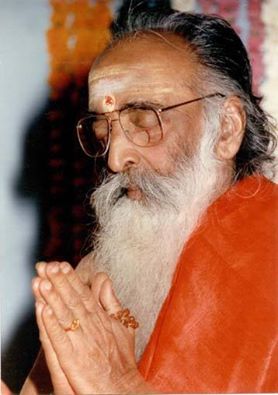Gita : Ch-11. Slo-17.

Srimad Bhagavad-Gita : Chapter-11. (Visvarupa-darsana-yogam) Slokam-17. (Your form, adorned with various crowns, clubs and discs, is difficult to see because of its glaring effulgence, which is fiery and immeasurable like the sun.) kiritinam gadinam cakrinam ca tejorasim sarvato diptimantam, pasyami tvam durnirikshyamsamantat diptanalarkadyutimaprameyam. kiritinam gadinam = with (kiritam) head dress, (gada ) mace; cakrinam ca = (cakram) wheel, with all these things; tejorasim = with great bright shining; sarvatah diptimantam = shining everywhere; durnirikshyam = difficult to see directly; diptanalarkadyutim = with blazing fire and sun's shine; aprameyam tvam = immeasurable, as you; samantat pasyami = I see everywhere. Bedecked with resplendent crowns, diadems, mace and disc illuminating all directions the Supreme Lord Krishna's visvarupa or universal form was so effulgent and dazzling with a radiant lustre so bright that it was u

















